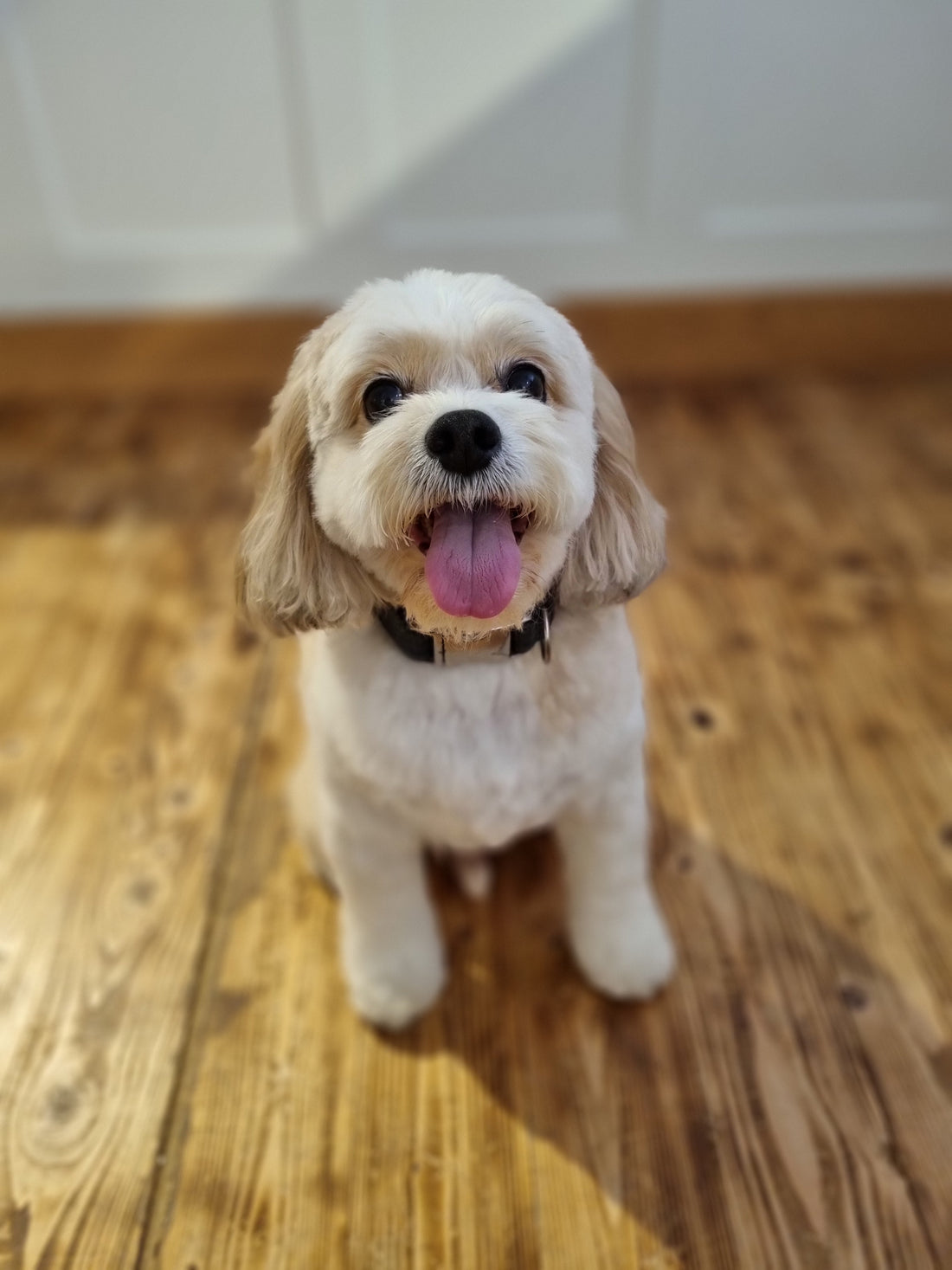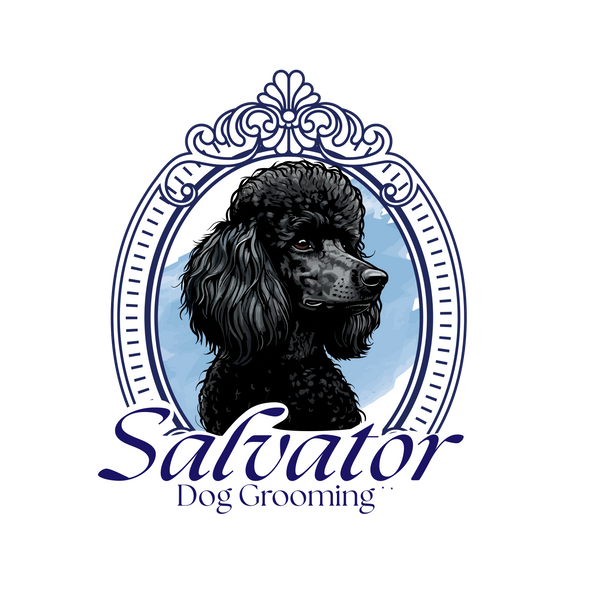
Understanding Dog Coat Types
Every dog is unique, and their coat is no exception. From short-haired to fluffy, double-coated companions, each coat has its own grooming needs, understanding your dog’s coat is essential for maintaining their health, comfort, and overall well-being.
In this guide, we’ll explore the different types of dog coats along with the best grooming practices for each. Whether you’re a dog owner looking to perfect your pup’s care routine or simply curious about what makes each coat special, this article will help you navigate the world of canine coats with confidence.
Double Coats
Double coated dogs are often breeds who have been bred to be out and about in all weather conditions. They have a dense undercoat covered by long guard hair to protect them from the elements. These coats should shed twice a year to prepare themselves for winter and summer, though living inside with central heating may impact this cycle. In an ideal world, unless for medical reasons and signed off by a vet, these coats should not be clipped or scissored too close to the root. This can cause damage to the coat, the correct grooming procedure is deshedding and some light scissor work.
Examples of dogs with a double coat are the Golden Retriever, Newfoundland, St Bernese Mountain Dogs and Border Collies for long double coats. Husky, Labrador, Rottweiler and Akita for short double coats.
Short Single Coats
Also known as smooth coats, these dogs have fine hair close to the skin. Contrary to popular belief these coats do shed so grooming is still beneficial. They are prone to sensitive skin, so be sure to never use a slicker brush or harsh products for risk of aggravation, instead soft equipment such as a rubber mitt or palm brush are more appropriate.
Examples are French Bulldogs, Staffordshire Bull Terriers, English Bull Terriers and Rhodesian Ridgebacks.
Wire Coats
Dogs with a wire coat are most commonly terriers, they have a dense undercoat and harsh guard hair. Handstripping is the most natural way to groom them, maintaining a correct and healthy coat. The course texture aids in protecting them whilst working outside. If the coat is clipped there is a chance it can never be stripped again and will remain soft forever.
Examples of breeds with a wire coat are the West Highland White Terrier, Schnauzers, Welsh Terriers, Wire Fox Terriers, Scottish Terriers.
Curly Coats
Also known as a wool coat, these coats are thick in volume and made of tight curls. These dogs need regular brushing and grooming as they can easily become matted. They do not completely shed their dead hair which then becomes tangled in the rest of the coat. These coats must be fluff dried and completely free from knots and curls before beginning any grooming processes.
Examples are Poodles, Bichon, Bedlington Terrier.
Silky Coats
Silky coats are long, fine, flowy coats. They need to be groomed regularly as knots can easily form. You see silky coats in two main forms, the first is drop coats, these are single coats which are traditionally grown long with a centre part. The second are double layered and can be handstripped with either stone or finger and thumb.
Examples of drop coats are Yorkshire Terriers and Shih Tzus. Examples of handstripped silky coats are Cocker Spaniels, English Setters, and Afghan Hounds.
Corded
A rarer coat type and not one often seen in the grooming salon. The cords are formed by entwining the harsh topcoat with the softer undercoat. Originally used by farmers to protect dogs from wolves, each cord is corded, washed and dried individually and strong scissors can be used to trim them. The coat would remain a wool coat if not corded.
Examples are Puli, Komondor and Bergamasco.
Hairless
Hairless dogs still need to be groomed, regular baths with gentle shampoo can help keep the skin healthy. Some hairless dogs grow hair on the head and feet. Any fuzzy coat in unwanted places can be clipped with a 30 blade in reverse to keep them smooth.
Examples of hairless dogs are the Chinese Crested or Mexican Hairless (xoloitzcuintli)
Mixed Coats
Mixed coats are a mixture of any two or more of the above coat types, this happens when breeds are crossed together such as the ever popular Cockapoo. These coats are often difficult to brush and manage at home due to the mixture of different textures within the coats. They can be very similar to one of the included types or somewhere in between. Whether it is suitable to clip, deshed or or handstrip each one varies to each individual dog and should be assessed on a case by case.
